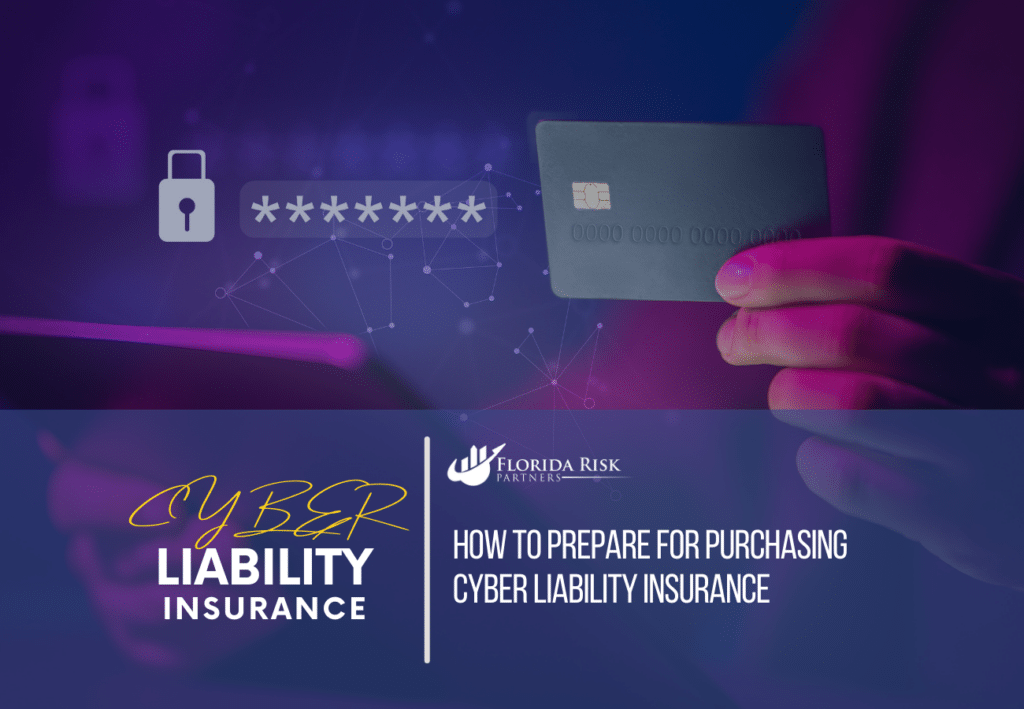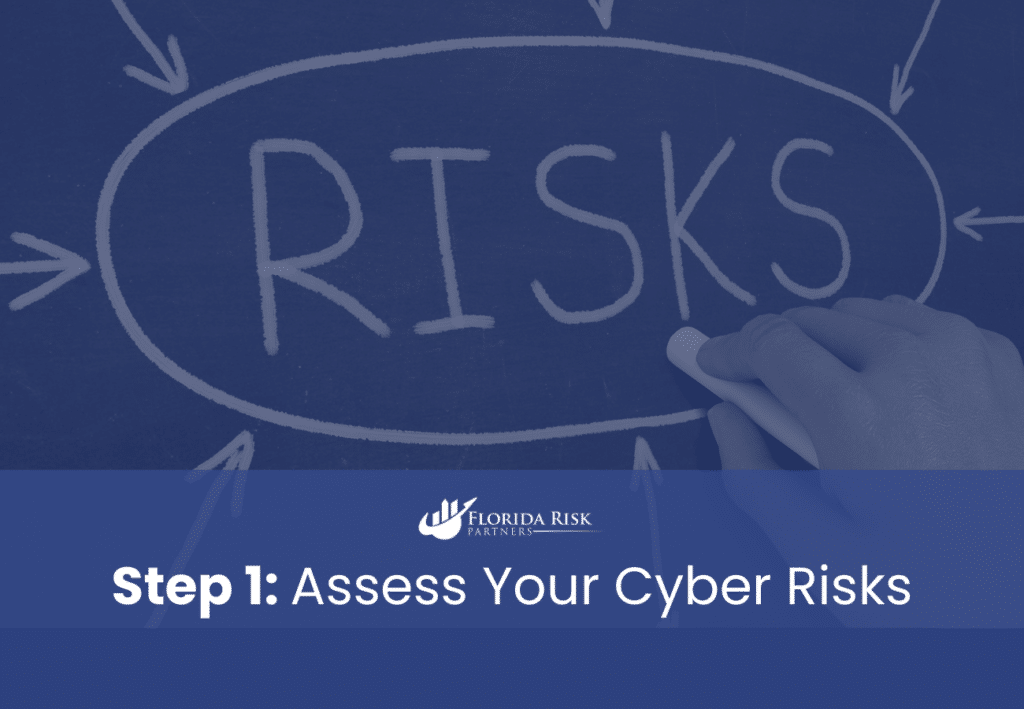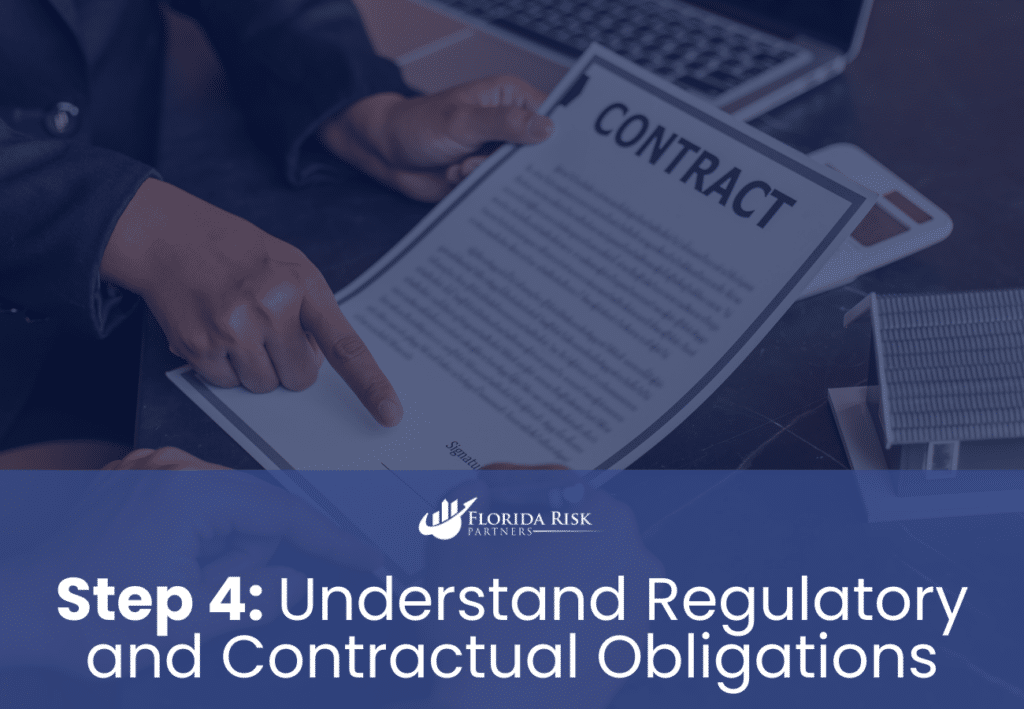-
Main Office: 1434 E. Bloomingdale Ave Valrico, FL 33596-6110
-
Phone: (888) 601-6660
-
Email: info@floridariskpartners.com

As cyber threats continue to rise, businesses are recognizing the importance of cyber liability insurance to safeguard against the financial and operational impacts of a cyber incident. However, purchasing a cyber liability policy isn’t as simple as picking a product off the shelf. To get the most out of your coverage, preparation is key.
This guide will walk you through the steps to prepare for purchasing cyber liability insurance, ensuring you select a policy that fits your business’s unique needs while maximizing your protection.
Why Preparation is Essential
Cyber liability insurance policies can vary significantly in terms of coverage, exclusions, and costs. Without proper preparation, you risk either overpaying for coverage you don’t need or leaving critical gaps that could expose your business to financial harm. Preparing ahead ensures you:
- Understand your business’s specific cyber risks.
- Choose a policy that aligns with your operations.
- Streamline the application process.
By following the steps outlined in this guide, you’ll be better equipped to make an informed decision and secure the protection your business needs.
Step 1: Assess Your Cyber Risks
Before purchasing cyber liability insurance, it’s critical to understand the specific cyber risks your business faces. A cyber risk assessment provides a clear picture of your vulnerabilities and the potential financial impacts of a cyber incident.
Identify Your Digital Assets
Start by creating an inventory of your most valuable digital assets, such as:
- Customer and employee data.
- Intellectual property.
- Financial records.
- Cloud-based applications and storage.
Understanding what’s at stake will help you prioritize the coverage areas that matter most.
Evaluate Threats
Consider the types of cyber threats most likely to affect your business, such as:
- Ransomware attacks.
- Phishing scams targeting employees.
- Data breaches involving sensitive customer information.
If your business relies heavily on third-party vendors, include risks like vendor outages or breaches in your assessment.
Quantify Potential Losses
Estimate the potential financial impact of a cyber incident, including:
- Direct costs like data recovery and legal defense.
- Indirect costs like lost revenue and reputational damage.
- Regulatory fines for non-compliance with data protection laws.
This exercise will help you determine the appropriate policy limits and sublimits for your business.

Step 2: Inventory Your Data and Technology
Insurers will require detailed information about your data and technology infrastructure to assess your risk profile. Preparing this information in advance can speed up the application process and ensure accurate coverage.
Key Information to Gather
- Data Types: Identify the kinds of data you handle (e.g., credit card details, personal health information, financial records).
- Data Storage: Document where your data is stored (e.g., on-premises servers, cloud platforms, employee devices).
- Third-Party Vendors: List vendors or partners with access to your systems or data.
Why It Matters
Understanding your data environment helps insurers evaluate your exposure to risks like data breaches or ransomware. It also ensures your policy addresses all potential vulnerabilities.
Step 3: Review Your Existing Insurance Policies
Many business owners mistakenly believe their existing insurance policies cover cyber risks. Reviewing these policies helps identify coverage gaps that a cyber liability policy can fill.
Key Policies to Review
- General Liability Insurance: Covers bodily injury and property damage but not digital risks like data breaches.
- Property Insurance: Protects physical assets, not intangible assets like data.
- Errors and Omissions Insurance: Covers professional mistakes but often excludes damages caused by cyber incidents.
Why It Matters
Understanding what your current policies do—and don’t—cover ensures you avoid redundant coverage and focus on filling critical gaps.
Step 4: Understand Regulatory and Contractual Obligations
Depending on your industry and location, you may be subject to data protection regulations that dictate how you handle sensitive information. Compliance with these regulations is critical, both for protecting your business and securing the right insurance coverage.
Key Regulations to Consider
- GDPR (General Data Protection Regulation): Governs data protection in the EU.
- CCPA (California Consumer Privacy Act): Focuses on data privacy in California.
- HIPAA (Health Insurance Portability and Accountability Act): Regulates patient data in the healthcare industry.
Contractual Obligations
Review any contracts with vendors or clients to identify cybersecurity requirements. For example, you may need insurance to cover breaches involving third-party systems.
Why It Matters
Aligning your policy with regulatory and contractual requirements ensures compliance and reduces the risk of penalties or disputes.

Step 5: Work with a Knowledgeable Broker
Cyber liability insurance policies can be complex, with varying coverages, exclusions, and pricing. A knowledgeable broker can guide you through the process and help you find the best policy for your needs.
Benefits of Working with a Broker
- Expert Advice: Brokers understand the nuances of cyber liability insurance and can help you interpret policy language.
- Custom Coverage: They can tailor your policy to address specific risks, such as ransomware or social engineering fraud.
- Market Comparison: Brokers can compare multiple policies to find the best value for your budget.
How to Choose the Right Broker
Look for a broker with experience in cyber liability insurance and a strong track record of working with businesses in your industry. Ask for references and ensure they’re transparent about policy terms and costs.
Step 6: Compare Policies and Providers
Not all cyber liability policies are created equal. Take the time to compare quotes from multiple insurers, focusing on the following key areas:
Coverage Areas
- First-party coverage (e.g., data recovery, business interruption).
- Third-party coverage (e.g., legal defense, regulatory fines).
Policy Limits and Sublimits
Ensure the overall limits and sublimits are sufficient to cover your potential losses.
Exclusions
Review the exclusions carefully to understand what’s not covered, such as intentional employee misconduct or unpatched vulnerabilities.
Additional Features
Consider policies that include value-added services, such as breach response teams or cybersecurity training programs.
Take the Next Step Toward Cyber Protection
Preparing for cyber liability insurance isn’t just about filling out an application—it’s about understanding your risks, aligning coverage with your needs, and investing in the long-term resilience of your business. By conducting a thorough risk assessment, gathering the necessary information, and working with a knowledgeable broker, you’ll be well-positioned to choose a policy that provides robust protection against the financial fallout of a cyber incident.
To learn more about the key features of cyber liability insurance and how to select the right policy, check out our comprehensive guide: How to Choose the Right Cyber Liability Insurance for Your Business. This in-depth resource will walk you through the decision-making process and help you make an informed choice.
Download Our Complimentary Guide to Purchasing Cyberliability Insurance
Don’t wait until it’s too late—take action today to protect your business from cyber threats.
Call Us Or
Schedule an Appointment
Select an agent below to view our online calendars and select a day and time that works best for you or call us directly at 888-601-6660. When you use our online calendars, you will receive an email with more information.



